The term “locked knees” is actually quite contradictory to me personally.What is the difference between a knee lock and a knee lift?
Because when I first started yoga, the term “locked knees” caused me a lot of trouble. I didn’t know what it meant and what state it was, or even whether it was beneficial or harmful. Because in the teaching password, in the same state of straight legs, some teachers will say to lock the knees, and some teachers say not to lock the knees. So the word “locked knees” never appears in my sharing and teaching. I was hurt too deeply and worried that other beginners would have the same troubles as me.
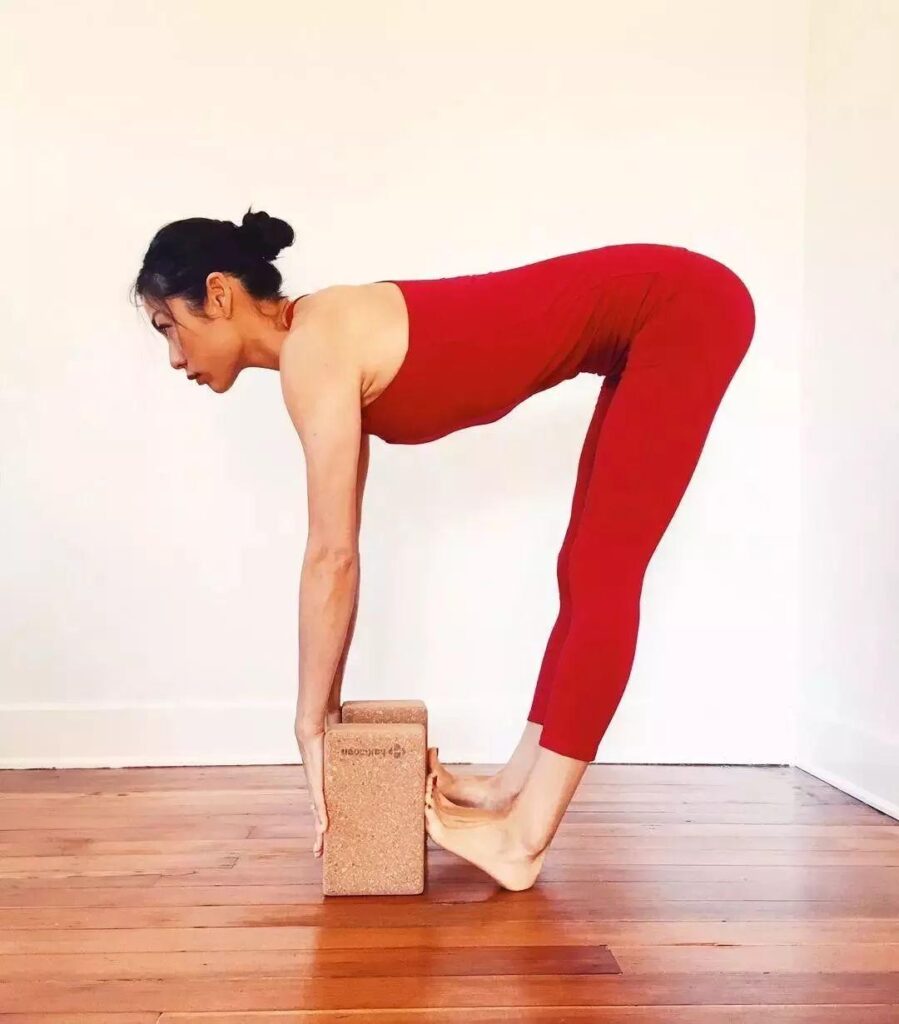
These days people keep asking what “knee lock” means. Some people say that the two concepts of knee lock and knee lift are indistinguishable? Does the knee lock just push the knee back? Let’s talk about this today.
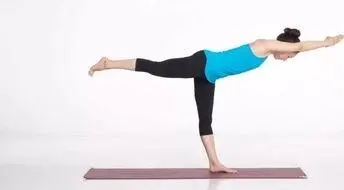
1. What do knee lock and knee lift mean?
What is knee lock? Anatomical joint locking means that during the movement of the joint, the joint extends to the extreme in one direction, the joint is completely straightened and fixed, and can no longer be extended. According to this concept, knee lock means that the knee joint is extended to the maximum range you can straighten, and the extension is to the extreme.

But we know that there is a very important unhealthy and unsafe state of the knee joint, that is, the knee hyperextension. For a person who is prone to hyperextension of the knee, asking him to extend the knee joint to the maximum extent to lock it is equivalent to making him hyperextend the knee. This is obviously wrong.
What is a Knee Raise? I’ve shared it with you before: the tendon of the quadriceps muscle on the front of the thigh wraps around the patella and attaches down to the calf bone. So as soon as the front thigh muscles tighten, the patella is lifted up by the tendon of the femoral orus. We call it a knee lift. To put it bluntly, when the knee is raised, the quadriceps are exerting force and the thigh is tightening. When the front of the thigh is tightened and the knee is raised, the knee joint is the most stable and powerful, the upper and lower joint surfaces are the best, and the force area is the largest and most balanced.
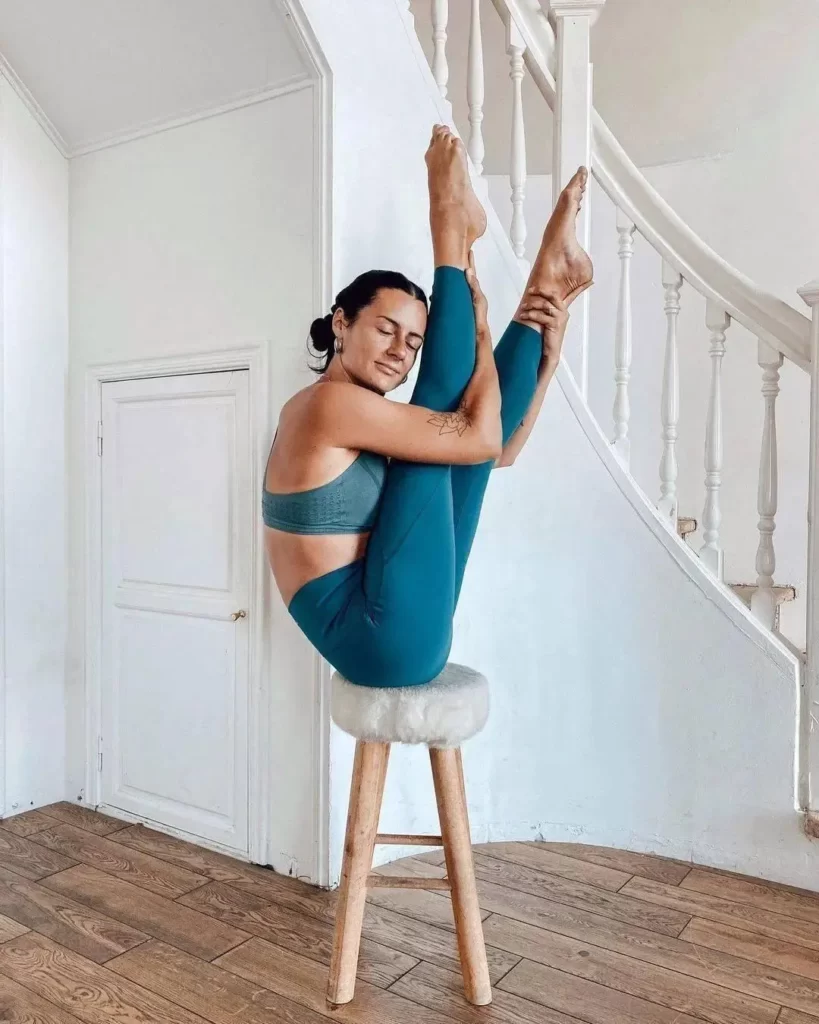
Knee locking means that the knee joint is stretched until it can no longer be straightened, but it is not necessarily in the right position, because some people will hyperextend; knee lift means that the thigh is tightened and lifted.
The yoga teacher tells you to lock your knees to activate your thigh muscles, and to not lock your knees means not to hyperextend. Personally, I don’t think the term “knee lock” should be used in yoga mantras and can easily cause harm, especially for people with hyperextended knees.
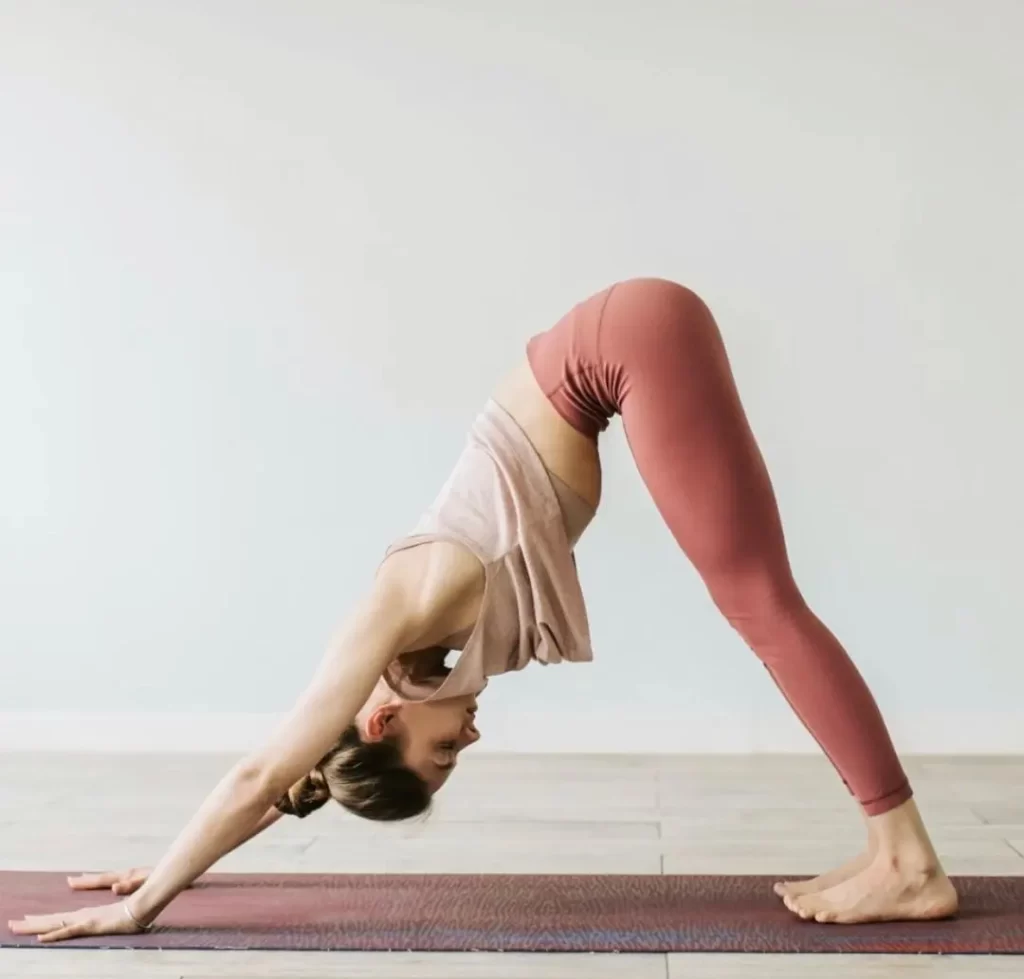
As a student, if you hear the teacher say that the knees are locked, you automatically switch it to: Tighten the thighs and raise the knees. You have to understand that the knee lock in the teacher’s mouth is to make you tighten your thigh muscles.
Can the knee be pushed back?
When we talk about the knees, we always say that the knees are raised, not the knees that are pushed back. I’m just afraid of overextending the knee.
In yoga practice, the state of the knee from bending to straightening is: with the knee socket as the dividing line, the calf is down, and the heel is stepped down; the upper part of the knee is extended in the direction of the sitting bones; the two directions are up and down, and the knee is pulled Straight, pulling to a vertical position of 180 degrees. The most typical example is the downward dog, as well as when alex and the magic chair straighten the legs out of the pose.
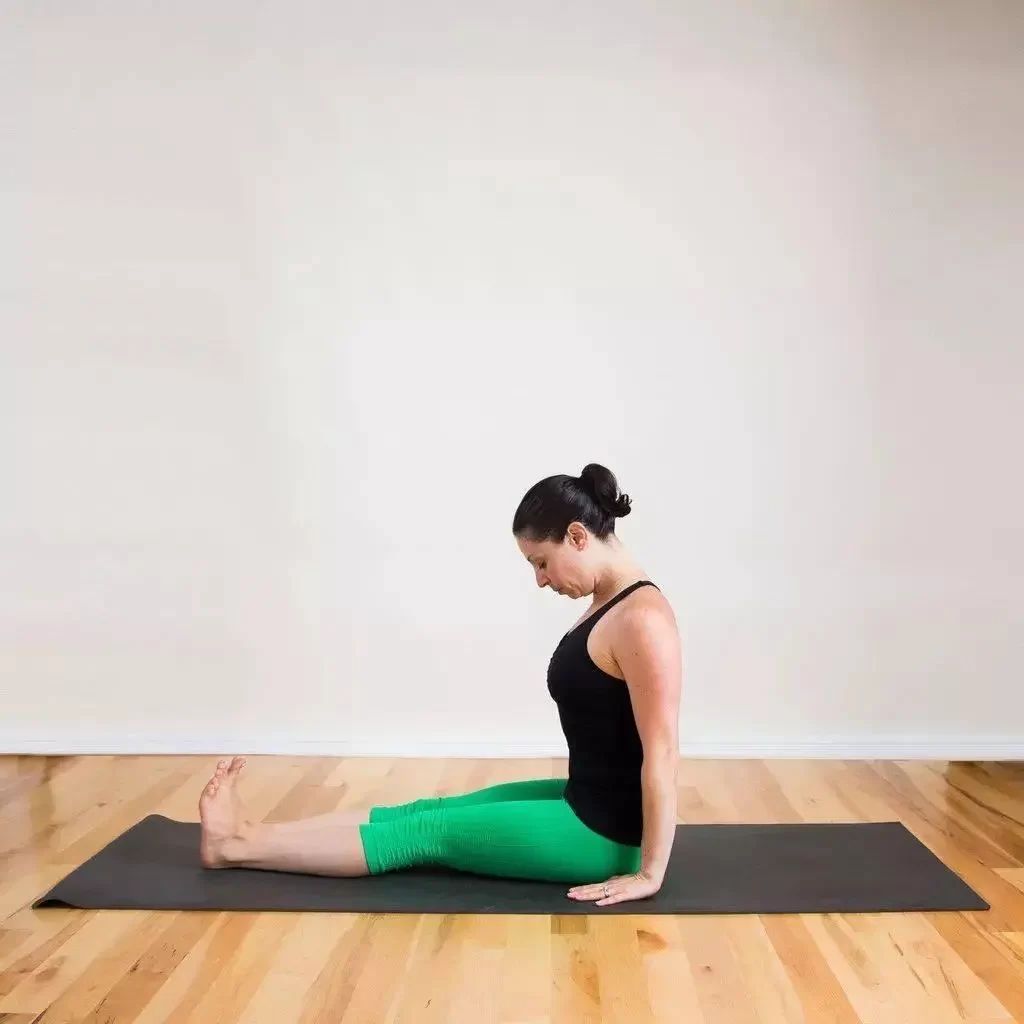
There are also forward bends. For example, in Cane Pose, we would say let the knee socket sink to the floor. The sinking to the floor here is also not directly exerting a backward push force on the knees, so that the knee sockets go to the floor. Instead, let the front of the thigh sink, the front of the thigh sinks to fully extend the back of the thigh, and the extension of the back of the thigh allows the knee socket to sink to the ground.
Also, the hands cannot be placed on the knees in the triangle pose, and the feet cannot be placed on the knees in the tree pose. If you look carefully, push your knees back, the knees will be uncomfortable, the force from the lower legs will be limited, and the flow of feel force will not be as smooth.
Read more tips about health and fitness http://www.growmorehealth.com
